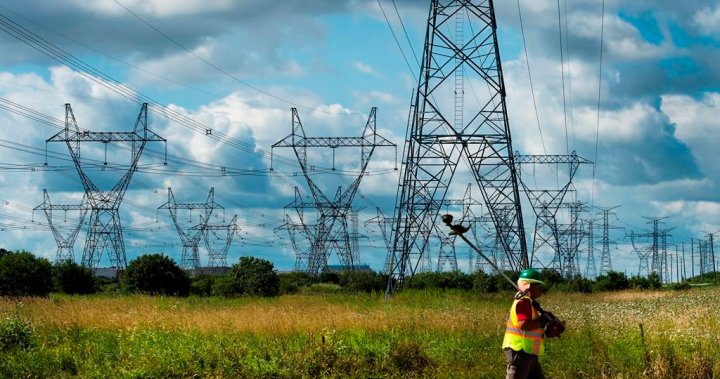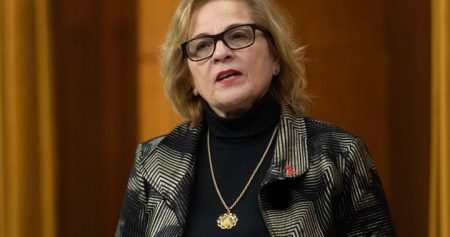Ontario is expressing strong concerns regarding proposed federal electricity regulations, prompted by a recent analysis conducted by the Independent Electricity System Operator (IESO). This analysis suggests that the new emissions restrictions for electricity generation could impose an additional burden of $35 billion on the province by 2050. The IESO determined that, under the proposed regulations, Ontario would need to double its planned electricity generation capacity, a notion deemed “not feasible” within the specified timeframe. The financial implications are significant, as the analysis predicts that residential electricity bills could rise by $132 to $168 annually starting in 2033 due to these added costs. In response, Ontario’s Energy Minister, Stephen Lecce, has reached out to federal Environment Minister Steven Guilbeault and Energy Minister Jonathan Wilkinson, urging them to reconsider the regulations to avoid imposing excessive costs on consumers and endangering the reliability of the electricity system.
In his correspondence, Lecce emphasized that Ontario cannot endorse a regulatory framework that places thousands of dollars in new expenses on its residents while sacrificing system reliability. He highlighted the province’s ongoing efforts to meet emissions targets while simultaneously attracting major investments in key sectors like automotive, electric vehicles, advanced manufacturing, and life sciences. Lecce’s message is clear: regulatory measures should bolster, rather than impede, Ontario’s economic competitiveness. The federal ministers have acknowledged these concerns, stressing that they are also prioritizing affordability in the finalization of the new regulations.
The federal government points toward the anticipated $15 billion in funding that Ontario is estimated to receive through Canada’s Clean Electricity Investment Tax Credit by 2050. They assert that these financial resources will ensure that Ontario residents do not bear the burden of increased costs, all while contributing to the construction of a reliable and clean grid. This grid is projected to support sustainable job creation over the coming decades. Additionally, the federal government has made considerable investments aimed at reducing emissions within Ontario’s electricity grid, focusing on key projects such as nuclear energy, battery storage technology, and the electrification of steel production processes.
In recent years, Ontario has increasingly relied on natural gas generation to provide the necessary stability and reliability for its electricity system. This reliance on natural gas has been particularly crucial during the refurbishment of nuclear facilities and in the face of rising energy demand that outpaces the development of new nuclear and battery storage resources. However, this pivot toward natural gas has led to an uptick in emissions from the electricity sector; for instance, emissions-free energy production dipped from 94% in 2021 to 87% recently. Despite this trend, Ontario argues that increased natural gas use is a strategic move to facilitate broader electrification across the province and ultimately contribute to overall emissions reduction.
The IESO’s findings suggest that in light of the federal regulations, the province may actually need to add even more natural gas plants to comply with the new emissions limits. The proposed limits are based on the total capacity of gas generation, indicating that expanded capacity corresponds to a higher emissions allowance. The current trajectory laid out by the IESO indicates that Ontario is well-positioned to achieve a net-zero electricity grid by 2050, independently of federal regulations. Expectations are that new nuclear and renewable energy resources will become operational in the 2040s, supporting this net-zero goal.
Overall, Ontario is advocating for a reconsideration of the proposed federal regulations, emphasizing the potential financial repercussions and reliability issues they may introduce. The concerns voiced by Minister Lecce reflect a desire to maintain a balance between meeting emissions targets and safeguarding the interests of Ontario residents and the province’s economic landscape. The dialogue between provincial and federal authorities continues, with both sides acknowledging the importance of affordability and reliability in efforts to transition toward cleaner energy sources while still promoting sustainable economic growth. As the situation evolves, the future of Ontario’s energy policies and its compliance with federal expectations remains a critical topic of discussion.










